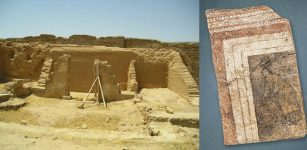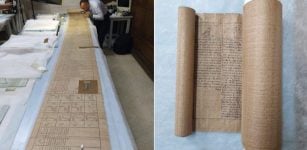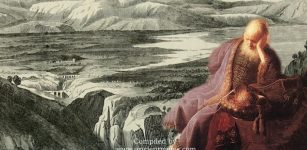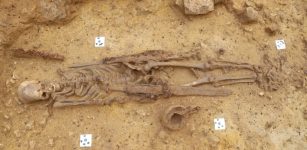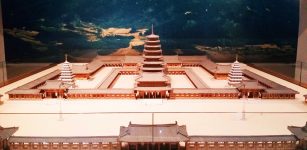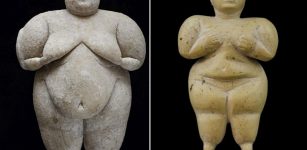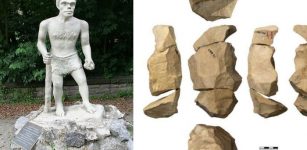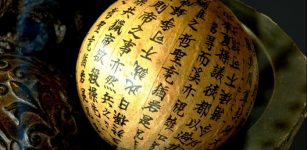Sobek – Enigmatic Crocodile God Of Ancient Egypt
MessageToEagle.com – Sobek (also spelled Sebek, in Greek ‘Suchos’) was in ancient Egyptian religion, a god of the violent power embodied in crocodiles and his chief sanctuary, located in Faiyum province, included a live sacred crocodile, Petsuchos (in Greek: “He Who Belongs to Suchos”), in whom the god was believed to be incarnate.
Who was this larger-than-life deity with the body of a man and the head of a croc?
Did his worship originate in Faiyum, where he was known as the Lord of Faiyum?
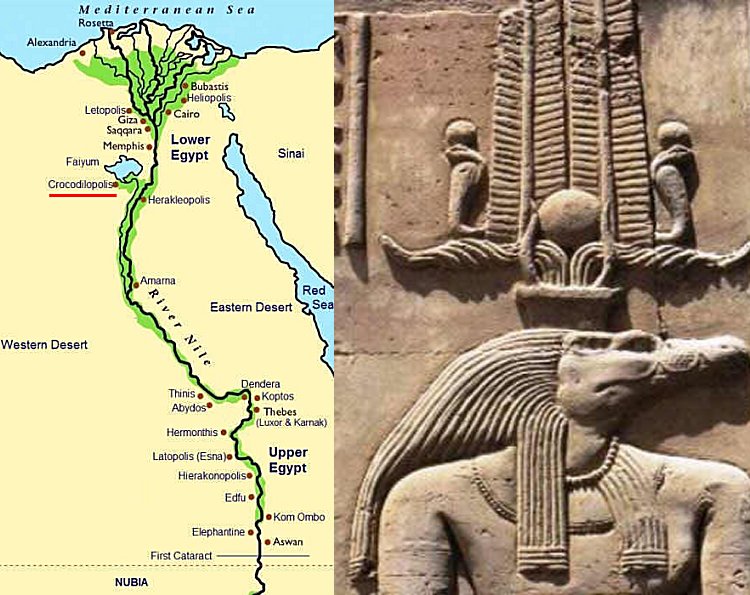
Was Sobek an early fertility god or associated with death and burial before becoming a major deity and patron of kings in the Middle Kingdom (c.1938–c. 1630 BC)?
Depicted either as a crocodile-headed man or as a full crocodile, Sobek was shown wearing a plumed headdress with a horned sun disk or the atef crown. In his hands he was shown to carry a sceptre and the ankh sign of life.
His sacred animal, the crocodile, was both revered and reviled by the people of Egypt – in some areas, a tame crocodile was worshipped as the god Sobek himself, while in other places the reptiles were killed.
Mummified crocodiles representing the god have been found in many ancient tombs. The Egyptians mummified both infant and mature crocodiles and even interred crocodile eggs and foetuses with the deceased in order to enlist the protection of Sobek in the afterlife.
The Egyptians seemed to both respect and fear the power of the crocodile and crocs weren’t always seen as benevolent and they were sometimes thought to be messengers of Set, god of destruction.

With complex nature, Sobek has ties to lots of other gods. He was associated with Horus because Horus took the form of a crocodile to retrieve the parts of Osiris’ body which were lost in the Nile. Yet Sobek was also thought to have assisted Isis when she gave birth to Horus.
As often depicted wearing either the headdress of Amun or the sun disk of Ra, Sobek was worshiped as the manifestation of Amun-Re. However, he was also associated with Set, the enemy of Osiris.
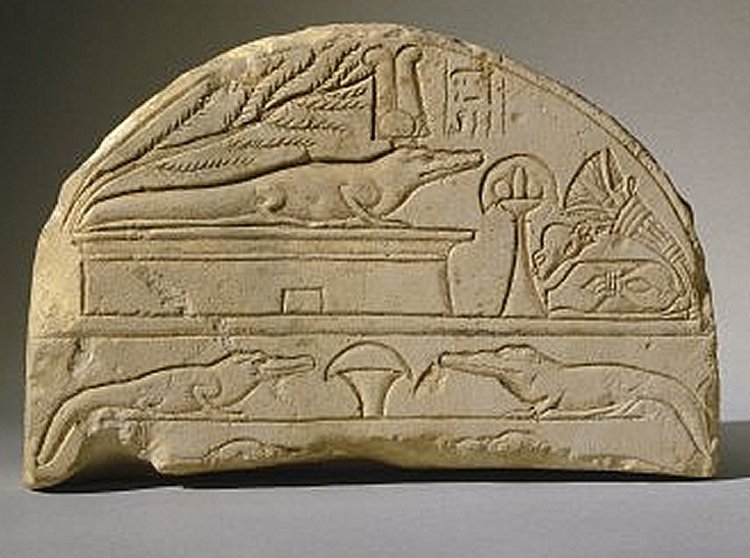
Legend has it that one of Egypt’s first kings, Aha, built a temple to Sobek in the Faiyum. Sobek was also said to be ‘Lord of Bakhu‘, the mythological mountain of the horizon and this epithet is frequently related to him.
The worship of Sobek continued into Ptolemaic and Roman times. Cemeteries of mummified crocodiles have been found in Faiyum and at Kawm. Even in Greco-Roman times, Sobek was honored.
In his Geography, Strabo discusses the Faiyum, by his time as the city of Arsinoe, a.k.a. Crocodopolis (the City of the Crocodile).
He says, “The people in this Nome hold in very great honor the crocodile, and there is a sacred one there which is kept and fed by itself in a lake, and is tame to the priests.”
MessageToEagle.com via AncientPages.com
Source:
A. Cotterell’s Ancient Civilizatons

